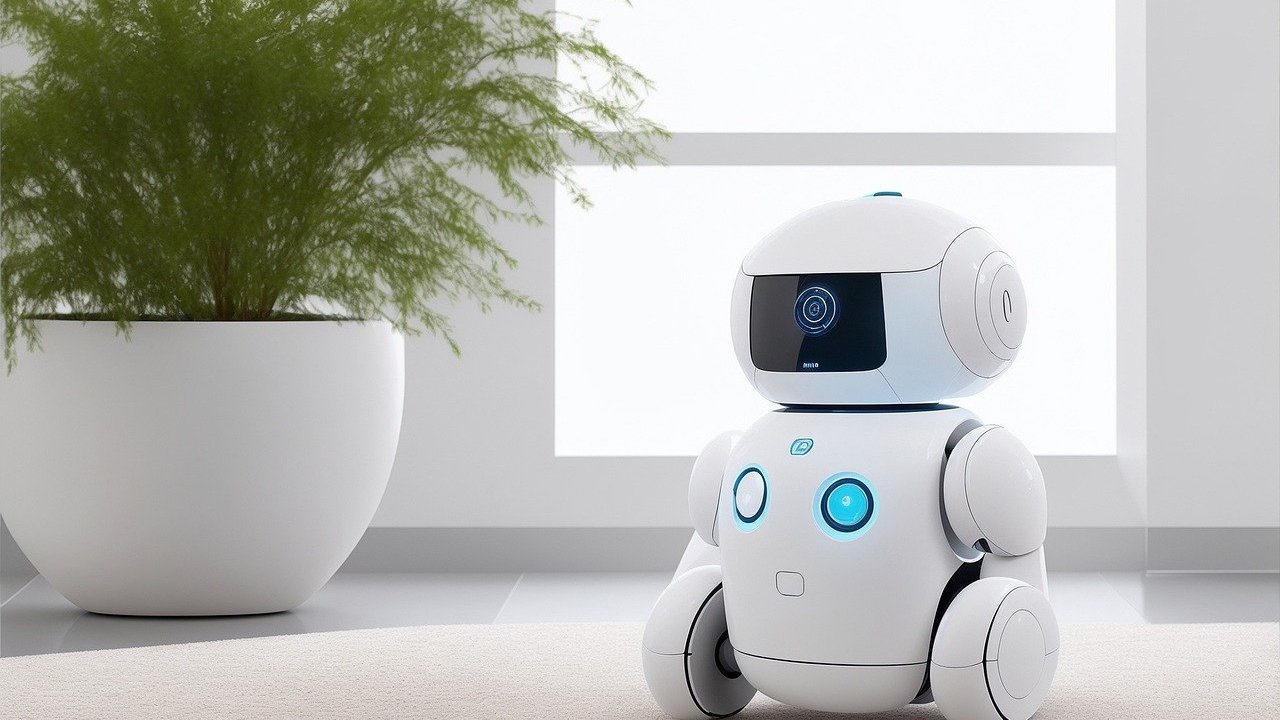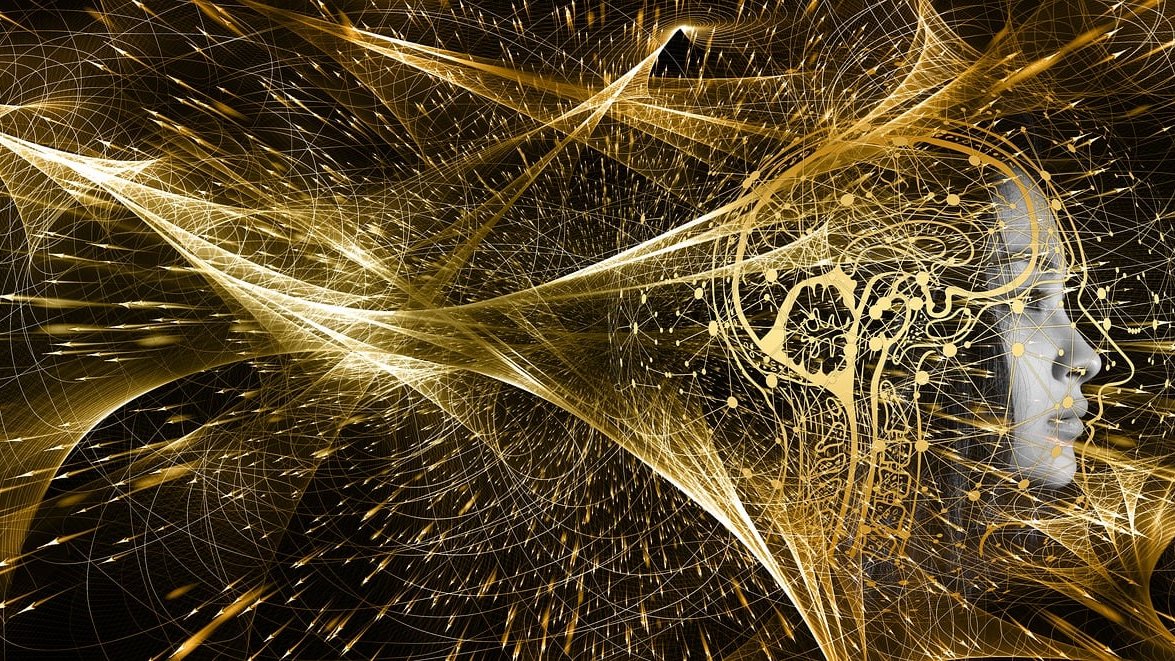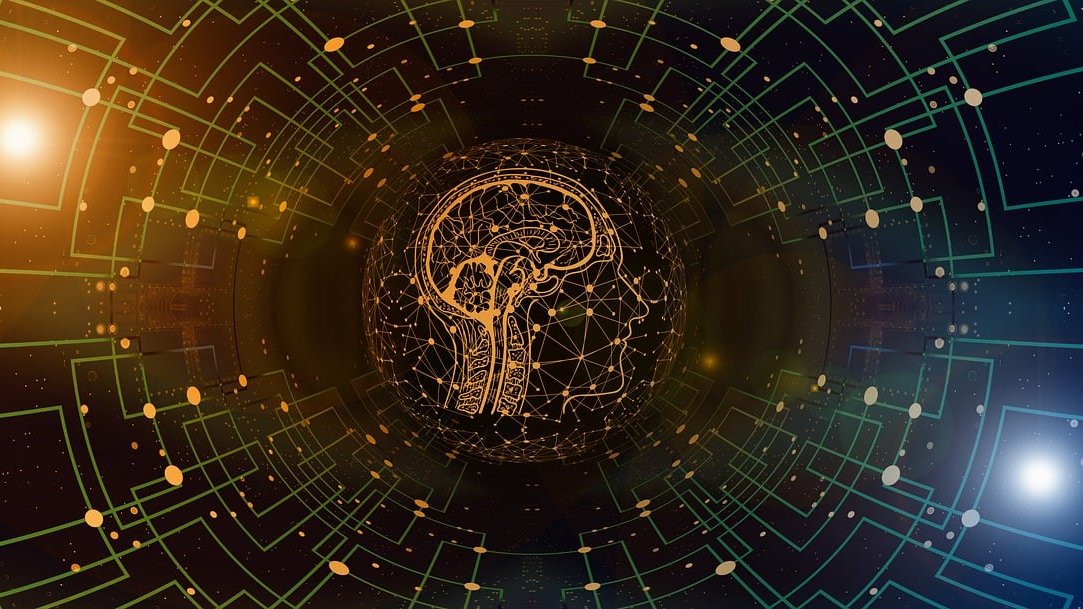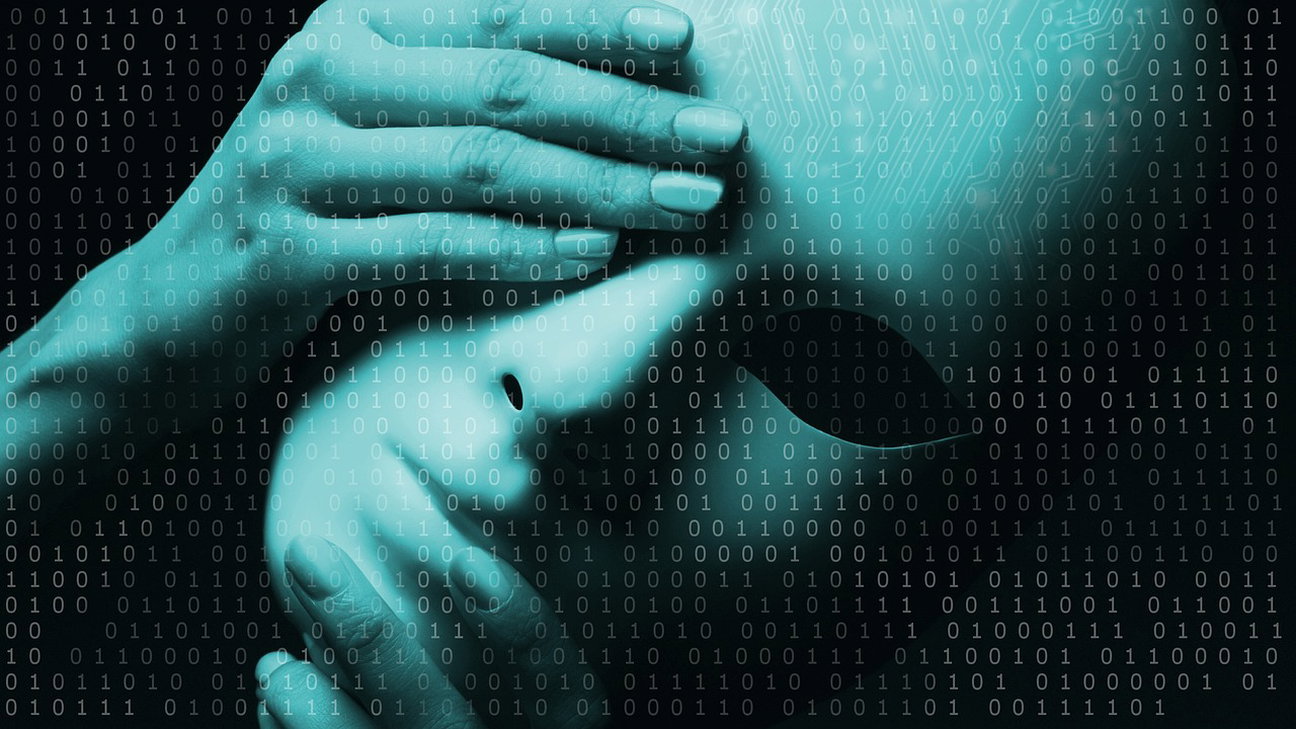
The article delves into the dire implications of artificial intelligence (AI) in bioweapon development, stressing the urgency for stringent regulation and ethical boundaries in this arena. It explores the historical misuse of biological weapons, the potential damage they can inflict, and the role AI could play in creating more sophisticated bioweapons.
The looming threat of AI in bioweapons
The prospect of artificial intelligence (AI) being involved in the development of biological weapons (bioweapons) is alarming. This has sparked conversations and warnings from tech leaders, including former Google CEO Eric Schmidt. Misuse of AI in this field could potentially give malicious actors access to virus databases, leading to far-reaching damage. Some studies have shown that AI can enhance the potency of harmful bacteria, viruses, and even nerve agents like VX. Acknowledging this potential for harm, it's crucial that we use AI responsibly in the context of bioweapons. A universal agreement among nations, outlining clear terms and conditions for AI's role in this domain, is essential.
Bioweapons are essentially microorganisms—such as bacteria, viruses, and fungi—or toxic substances produced by living organisms. These organisms can be manipulated or processed to cause a large-scale spread among humans, leading to fast-spreading diseases and epidemics. The impacts can be catastrophic, leading to permanent disabilities and mass casualties. VX and Sarin are identified as two of the most deadly nerve agents, emphasizing the grave threat these weapons pose.
The history of biological weapon use is as old as warfare itself, underscoring the dire need for strict regulations. The Spanish, in 1495, mixed leprosy patients' blood with wine and sold it to their French enemies. In 1650, the Polish used the saliva of rabid dogs as a weapon against their adversaries. Moving to more recent times, there were instances in the 18th and 19th century where diseases like smallpox and yellow fever were weaponized. These examples underline that bioweapons can be deployed subtly and can be just as, if not more, dangerous than conventional weapons. Considering the advancements AI can bring, the potential for even more sophisticated and subtle bioweapons increases. This calls for strict regulation and monitoring of such programs.
AI's disturbing prowess in bioweapon production
AI's role in bioweapons is a cause for concern. A study conducted by the Swiss Federal Institute for Nuclear, Biological, and Chemical Protection demonstrated AI's ability to generate harmful biological agents rapidly. The study found that within a mere six hours, AI was able to produce an astounding 40,000 harmful agents. Concern was not only expressed about these AI-generated agents, many of which resembled chemical warfare agents, but also about the alarming ease with which they were created. Given these worrying findings, the primary focus should be on regulating AI, rather than merely overseeing the production of biological agents.
The critical role of biosecurity in combatting bioweapon threats
Microorganisms, the primary source of bioweapons, can be obtained from a variety of public health facilities, making these systems vulnerable to exploitation by malicious actors. It's essential to have a robust system in place to monitor and regulate these facilities. Measures such as stringent waste disposal methods, accountability for tracking the use and disposal of biological wastes, comprehensive training for healthcare workers, coordination between public health systems and cyber-terrorism departments, and a dedicated watchdog for AI development related to biological products are all crucial. By implementing such measures, we can safeguard our public health systems from potential misuse.










